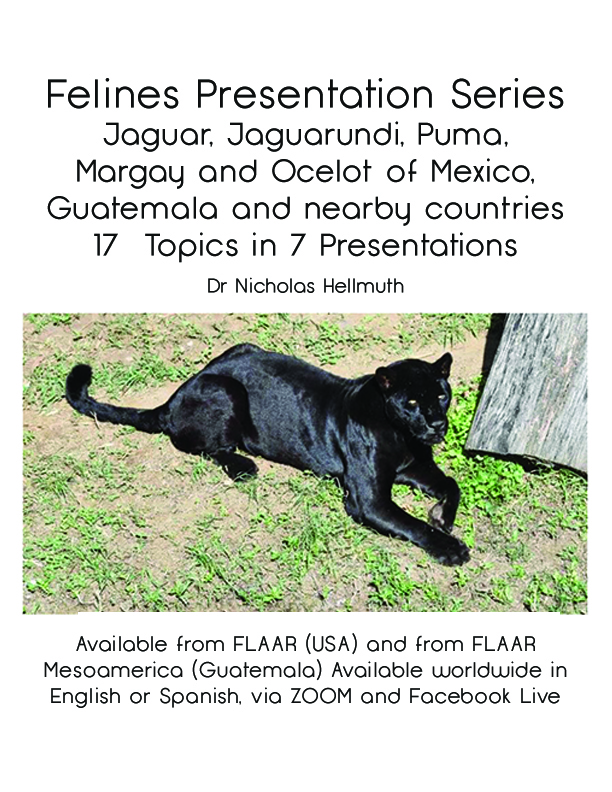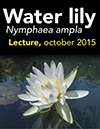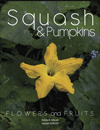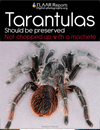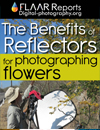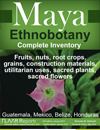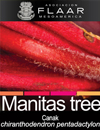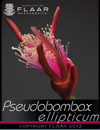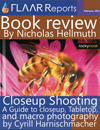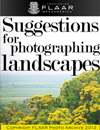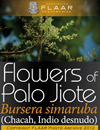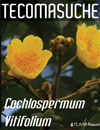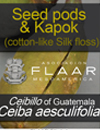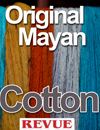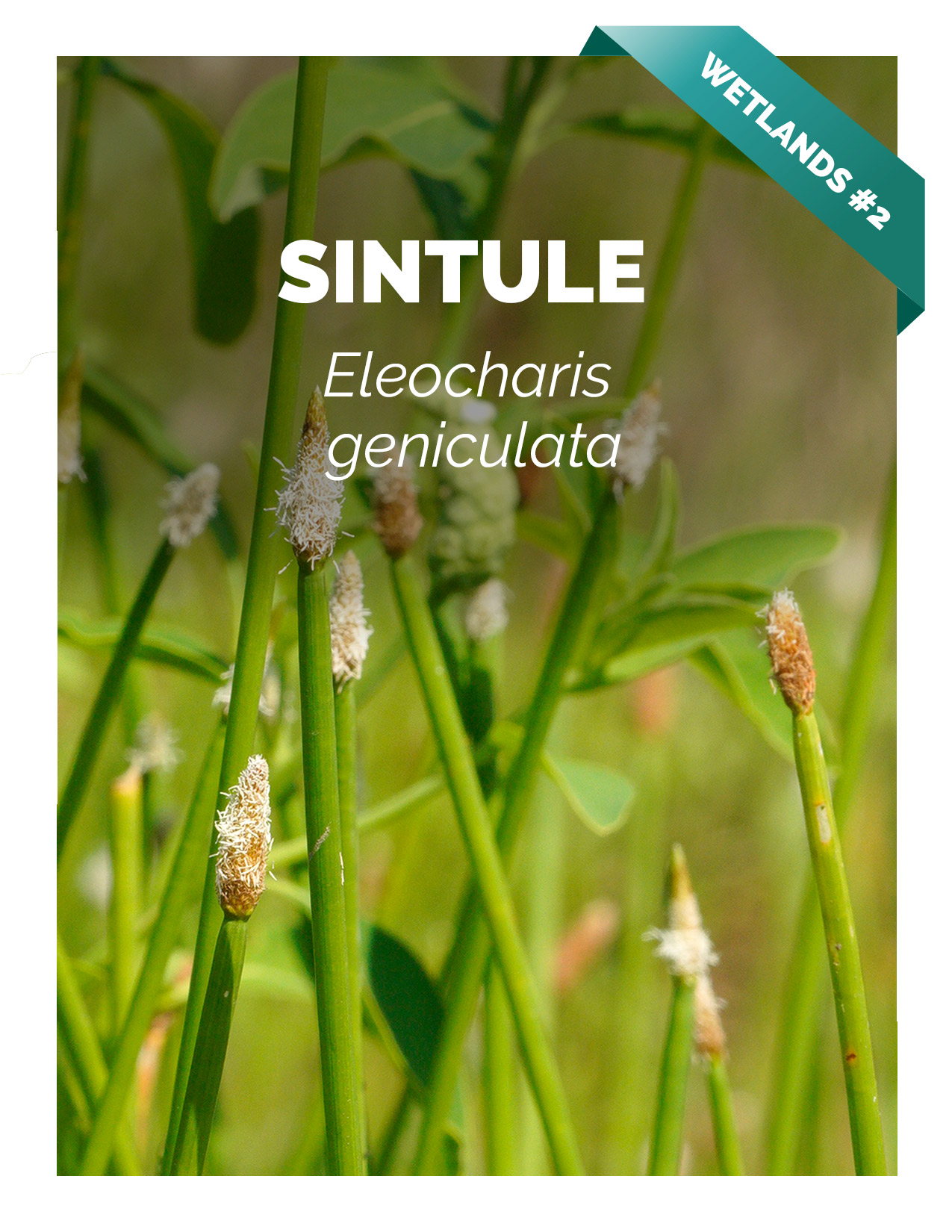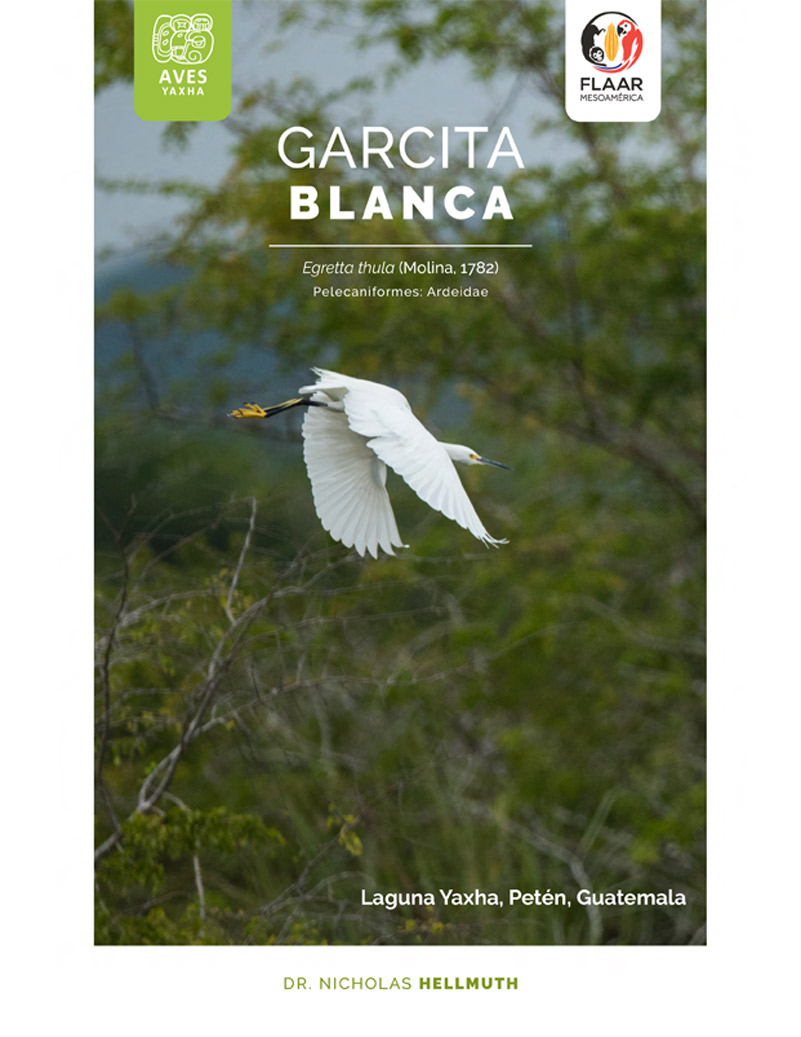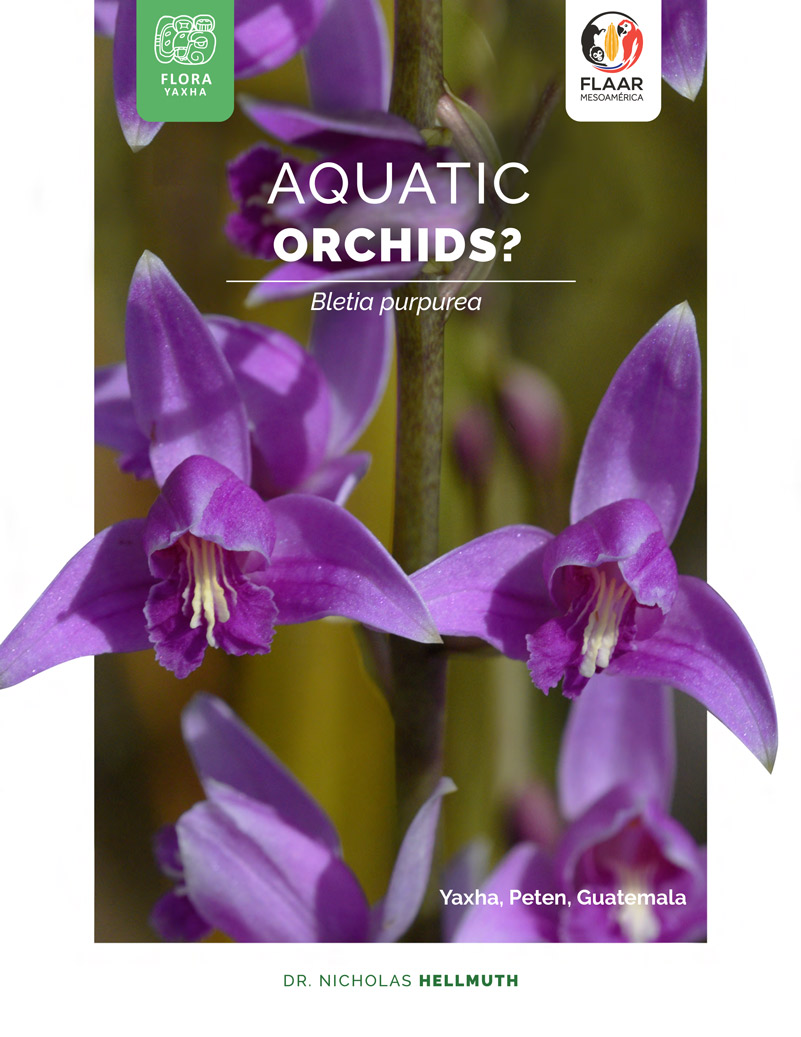Terrestrial orchids of Guatemala, happily growing on the ground, in addition to epiphytic orchids up in trees
I first became aware of the quantity of arboreal orchids in the early 1970’s when one of the founders of the orchid society of Miami was visiting me at Yaxha (where I lived and worked in the 1970’s, mapping the Mayan ruins and working to make this area into a national park).
I became aware of miniature orchids arboreal when I hiked the 60 kilometers to El Mirador Mayan ruins decades ago, leading tour groups (so 120 km round trip; I did this twice). In those days the trails were narrow, and since the trail passes through many bajos and dried aguada areas, you see “thousands” of miniature orchids. You see them in full bloom, at eye level, because in this seasonally very dry eco-system most of the trees are stunted and gnarled. Since the trees are not high, all the orchids are at your eye level.
Now at Parque Nacional Yaxha Nakum Naranjo I am experiencing more miniature orchids, in the seasonally dry area between Yaxha and Nakum. Park Ranger Teco (Moises Daniel Perez Diaz) showed me several areas with miniature orchids in this awesome park.
Another good place to see arboreal orchids is at the Mayan ruins of Naranjo. Archaeologist Vilma Fialko and her team rescue all orchids that get blown down from the treetops during rainstorms. Plus these storms often knock over the tall trees, which come crashing to the ground with all their epiphytic orchids. Her team rescues these fallen orchids and puts them into an area so you can admire them and photograph them.
Epidendrum radicans at Senahu on Dec 25, 2018
Camera Nikon D810, lens Nikon AF-Micro-NIKKOR 200mm f/4D IF-ED Macro, f 13 ISO 4000. Photo by Dr Nicholas Hellmuth.
List of Terrestrial sunny orchids from Guatemala according to Ajú María, 2009:
- Bletia purpurea
- Bletia reflexa
- Sobralia macrantha
- Spiranthes orchioides
- Liparis vexilifera
- Habenaria novemfida
- Habenaria repens
- Habenaria elata
- Sobralia macrantha
- Spiranthes cinnabarina
- Spiranthes orchioides
I would add a comment that Bletia purpurea and Habenaria repens are aquatic orchids where there are lakes, rivers, or swamps. But Bletia purpurea does also grow far from lakes out in the full sun in the mountains of Alta Verapaz.
To any list of terrestrial orchids that are not buried under pine trees or other thick forest cover, I would personally feature Epidendrum radicans, which I have seen almost every year when I drive through the mist-covered mountains of Alta Verapaz. You will not often see them along paved highways since the roadside cleaning crews slash down everything within two meters of the road with their machetes. But on the back roads, in remote areas, I see Epidendrum radicans in many parts of Alta Verapaz. Plus Senaida found Bletia purpurea growing within a few meters of Epidendrum radicans: both terrestrial with no lake, river, or even bog anywhere nearby. We photographed both in a remote mountain area on Christmas Day, 2018 (yes, I work on field trips or in my office every day of the year because I learn something new every day: my “Christmas present” was Senaida showing me totally terrestrial Bletia purpurea in the mountains near her home in the Q’eqchi’ Mayan area of Guatemala.
That the same species can be aquatic in the lowlands and terrestrial high in the misty mountains is a very happy learning experience for me. This is why I do not work in a herbarium and although I spend months every year doing library research, I prefer to be on field trips, to experience the entire eco-system in which an orchid is growing.
PDF, Articles, Books on Terrestrial sunny orchids from Guatemala
- 2009
- Las orquídeas bases generales para su conocimiento y enseñanza. Universidad de San Carlos de Guatemala. 78 pages.
Available Online:
www.repositorio.usac.edu.gt/1621/1/07_2092.pdf
- 2015
- Bletia: a new world terrestrial genus. Orchids. Page 201-203.
Available Online:
www.researchgate.net/publication/286250229_Bletia_A_New_World_Terrestrial_Genus
- 1985
- Orchids of Guatemala and Belize. Courier Corporation. 779 pages.
Sold Online:
www.amazon.com/Orchids-Guatemala-Belize-Oakes-Ames/dp/0486248348/ref=sr_1_1?ie=UTF8&qid=1541708358&sr=8-1&keywords=orchids+of+guatemala+and+belize
- 2011
- A synopsis of New world Habenaria (Orchidceae) II. Harvard Papers in Botany. Vol. 16, No. 2. Pages 233-273.
Available Online:
www.researchgate.net/profile/Xochitl_Cuevas-Figueroa/publication/260210435_A_Synopsis_of_New_World_Habenaria_Orchidaceae_I/links/00b495302b9aa33511000000/A-Synopsis-of-New-World-Habenaria-Orchidaceae-I.pdf
- 1982
- Roots of Sobralia macrantha (Orchidaceae): structure and function of the velamen-exodermis complex. American Journal of Botany. Vol. 69, No.4. Pages 608-614.
Sold Online:
https://www.jstor.org/stable/2443070?seq=1#page_scan_tab_contents
- 1968
- Notes on Bletia (Orchidaceae). Brittonia. Vol. 20, No. 22. Pages 182-190.
Sold Online:
www.jstor.org/stable/2805621?seq=1#page_scan_tab_contents
- 2008
- Asymbiotic seed germination, in vitro seedling development, and greenhouse acclimatization of the threatened terrestrial orchid Bletia purpurea. Plant Cell Tiss Organ Cult. Vol. 94. Pages 11-21.
Sold Online:
http://hort.ufl.edu/plant-restoration/kane-lab/orchids/pdf/articles/1-dutra-2008-asymbiotic-germination-bletia-purpurea.pdf
- 2017
- Diversidad de orquídeas del sistema fluvio lagunar deltaico palizada-del este, en el área de protección de flora y fauna Laguna de Términos, Campeche, México. Acta biol. Colomb. Vol. 22, No. 3.
Available Online:
www.scielo.org.co/scielo.php?script=sci_arttext&pid=S0120-548X2017000300398
- 2000
- Notas sobre el género Habenaria (Orchidaceae) en México. Acta Botánica Mexicana. Vol. 50. Pages 27-38.
Available Online:
https://dialnet.unirioja.es/descarga/articulo/3180502.pdf
- 1999
- Spiranthes: terrestrial orchid with ornamental potential. J. Janick (ed.), ASHS Press, Alexandria, VA. Vol. 4. Pages 431-432.
Available Online:
https://hort.purdue.edu/newcrop/proceedings1999/pdf/v4-431.pdf
- 2015
- Manual para el aprovechamiento sustentable de orquídeas en comunidades. Universidad Veracruzana. 37 pages.
Available Online:
www.gob.mx/cms/uploads/attachment/file/225107/MANUAL_PARA_EL_APROVECHAMIENTO_SUSTENTABLE_DE_ORQUIDEAS.pdf
- 2014
- Revisión e integración del conocimiento de las Orchidaceae de Tabasco, México. Botanical Sciences. Vol. 92, No. 4. Pages 519-540.
Available Online:
www.scielo.org.mx/pdf/bs/v92n4/v92n4a6.pdf
- 2004
- New taxa and new combinations in Mesoamerican Spiranthinae (Orchidaceae, Spirantheae). Annales Botanici Fennici. Vol. 41, No. 6. Pages 471-477.
Sold Online:
https://www.jstor.org/stable/23727263?seq=1#page_scan_tab_contents
- 2009
- A new species of Dichromanthus (Orchidaceae, Spiranthinae) from Oaxaca, Mexico. Revista Mexicana de Biodiversidad. Vol. 80. No. 1. Pages 23-28.
Available Online:
www.redalyc.org/pdf/425/42511957004.pdf
- n.d.
- Orquídeas. Diversidad biológica e inventarios. Universidad Nacional Autónoma de México. Pages 153-169.
Available Online:
www.ibiologia.unam.mx/pdf/directorio/s/salazar/orquideas_pedregal.pdf
- 2007
- Orquídeas terrestres del Pedregal de San Ángel. Universidad Nacional Autónoma de México. 75 pages.
Available Online:
www.repsa.unam.mx/documentos/Tellez-Velasco_y_Flores-Villanueva_2007-Orquideas_terrestres.pdf
Suggested webpages with photos and information on Terrestrial sunny orchids from Guatemala
http://www.orchidspecies.com/bletpurpurea.htm
Photos and information of Bletia purpurea.
http://www.orchidspecies.com/bletreflexa.htm
Photo and information of Bletia reflexa.
http://sobralia.autrevie.com/Sobralia_macrantha.html
Photos and information of Sobralia macrantha.
www.orchidspecies.com/stenlanceolatum.htm
Photos and information of Spiranthes orchioides.
http://www.orchidspecies.com/habnovemfida.htm
Photo and information of Habenaria novemfida.
https://alchetron.com/Habenaria-repens
Photos of Habenaria repens.
http://bdi.conabio.gob.mx/fotoweb/archives/5023-Plantas/?528=Dichromanthus%20cinnabarinus
Photos of Dichromanthus cinnabarinus.
Updated January 2, 2019.
First posted, November 2018
Bibliography prepared by Marcella Sarti, FLAAR Mesoamerica. Text by Nicholas Hellmuth, FLAAR (USA).




